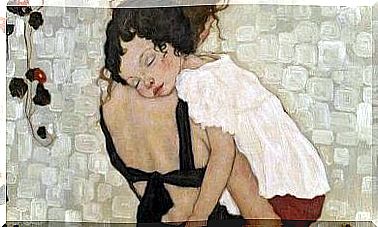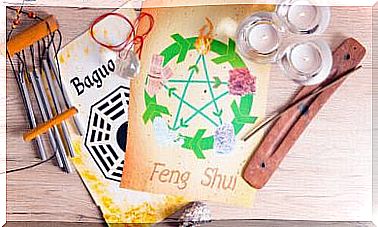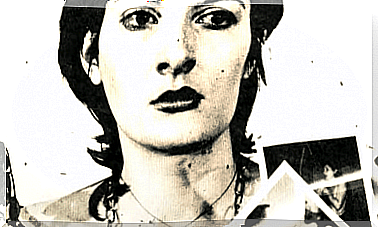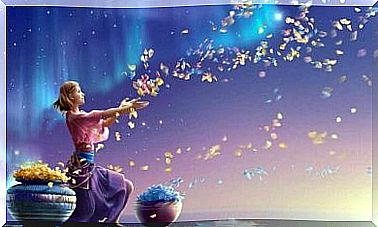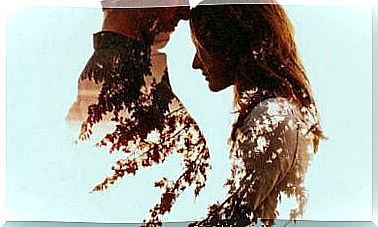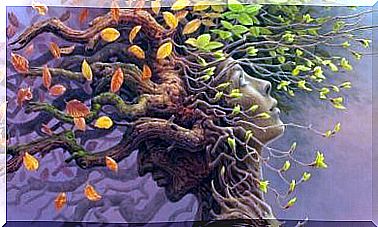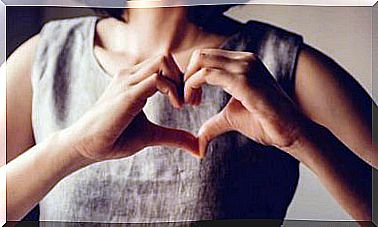Enso: The Zen Circle Of Fullness And Enlightenment
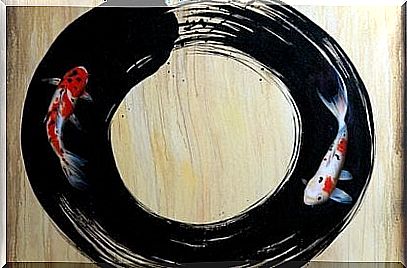
The Enso, or Zen circle, symbolizes the fullness of the simple. It represents the infinite contained in the perfection of harmony. Few spiritual symbols are so magnetic for the viewer and, at the same time, powerful for the one who paints them. For only those whose minds are free of weight and illuminated by internal balance is able to draw a perfect circle, but never closed.
Buddhist teachers often say that Enso cannot be explained. In fact, there is only one way to understand it in all its nuances, in all its essence: by experiencing it.
This symbol is not a simple circle, nor is it an art form. We know that the use of this minimalist expression from the Zen school as a tattoo is increasingly common. However, its implication goes far beyond that.
Enso is a state of mind. It is the point of perfect harmony where the body and mind are free to pour out their inner perfection through a gesture, a movement.
It has the role of expressing a personal state in which everything is complete, where everything and nothing exists in the present moment and can be contained in the form of a circle that remains open. It’s where you leave an opening to dump that small part that isn’t always open to infinity.
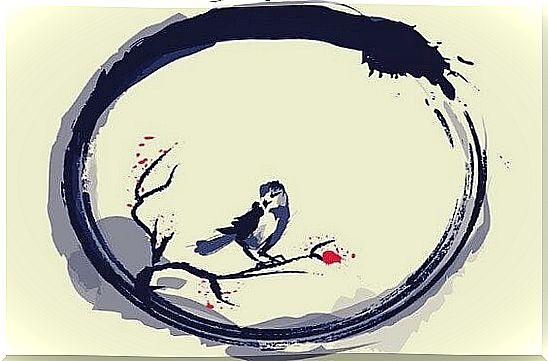
Enso, the art of the circle and inner balance
Circles have always had magical, symbolic and spiritual importance. Carl Jung himself spent much of his life fascinated by this form and, in particular, by the concept of mandalas.
So much so that, in his spare time or when he needed to keep his distance from his problems, he used to draw circles. According to him, they symbolized the formation and transformation of the mind itself. According to this famous Swiss psychiatrist, through these forms we find calm, but also the impulse to go beyond.
As for Zen Buddhism, the Enso circle recalls the perfect moment when the mind is free to leave the body, so that the spirit can soar. For this reason, only a person who is mentally and spiritually complete is able to draw a true Enso.
It is, so to speak, the reflection of your illumination expressed through a drawing, the firm and sure hand of an artist capable of evoking your inner perfection.
If you are wondering about the origin of this symbol, we must go back in time to the 28th century BC in China, when this idea first came up. This concept was later imported to Japan by Buddhist monks.
Shinjinmei, an oriental poem that contains the essence of Zen Buddhism, describes the Enso as a vast space where nothing is missing or left. It also explains that the practice of drawing these circles came about when a monk asked his master to explain, in words, what enlightenment was. The master replied that something like this cannot be described in words or letters. Then he took a brush and rice paper and drew the circle.
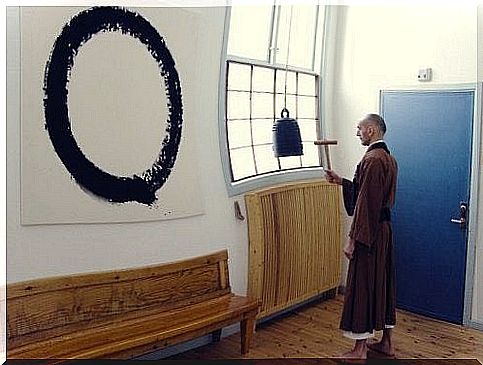
Enso and the revolving universe
The circle shape is ingrained in almost every culture. However, this symbol goes far beyond your stroke. This is because an infinity of traditions evoke in him the perfect representation of the world itself, of the movement, and also of the epicenter where everything is united and concentrated. Symbolizes the snake that bites its tail in an infinite cycle.
It is the full moon attracting the tides in its contact with nature, it is the empty cup of tea where you can read the future and even the wheel of Dharma containing the wisdom of Buddhism. Enso is essentially the universe itself in motion.
How to Draw an Enso
To design an Enso, it is necessary to start from an idea: fukinsei, the negation of perfection. It is simply about capturing the present moment through mindfulness. We must free the mind of thoughts, clear it of all worry in order to experience this authentic contact with oneself, where we record in one movement the trace of the circle.
We must move away from the pretense that “a perfect circle” emerges. Because we’re not looking for perfection, there’s no need to think about our skill, effort, or result. You have to let it flow, let yourself go.
Zen art is an outward expression of the inner state. Therefore, to draw or paint an authentic Enso, continuous work is needed to achieve calm and balance. Only when we are truly prepared will we shape this imperfect circle that will perfectly represent the present moment.
